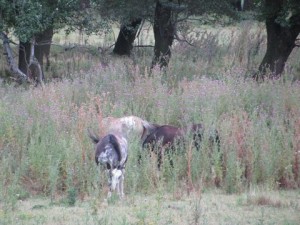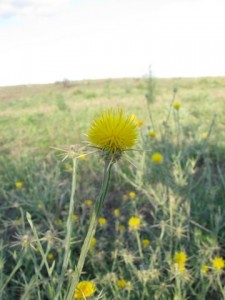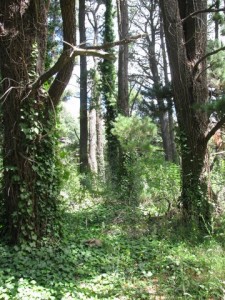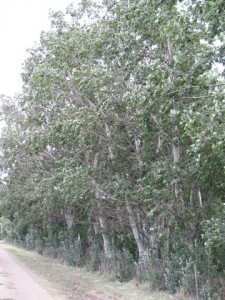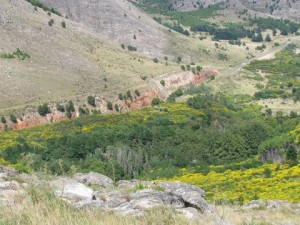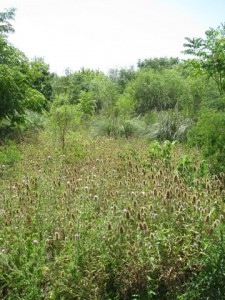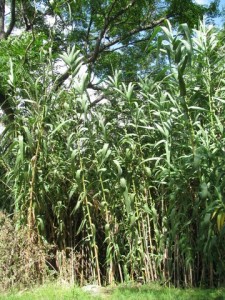Higher light availability, later spring leaf-out, and higher soil nitrate levels in intact forests all correlate with a greater abundance of invasive plants. The authors of this study looked at interior forest understories where different canopy species resulted in different resource levels. One of the trees studied was black locust, Robinia pseudoacacia. This tree is native to a small part of the United States, but was widely planted in the eastern and central U.S. It may facilitate plant invasions into forests because of it fixes nitrogen and has relatively high light levels under its canopy.
Dreiss, L.M. and J. C. Volin. 2013. Influence of leaf phenology and site nitrogen on invasive species establishment in temperate deciduous forest understories. Forest Ecology and Management 296:1-8.



